In Memoriam Gerald H. Elkan
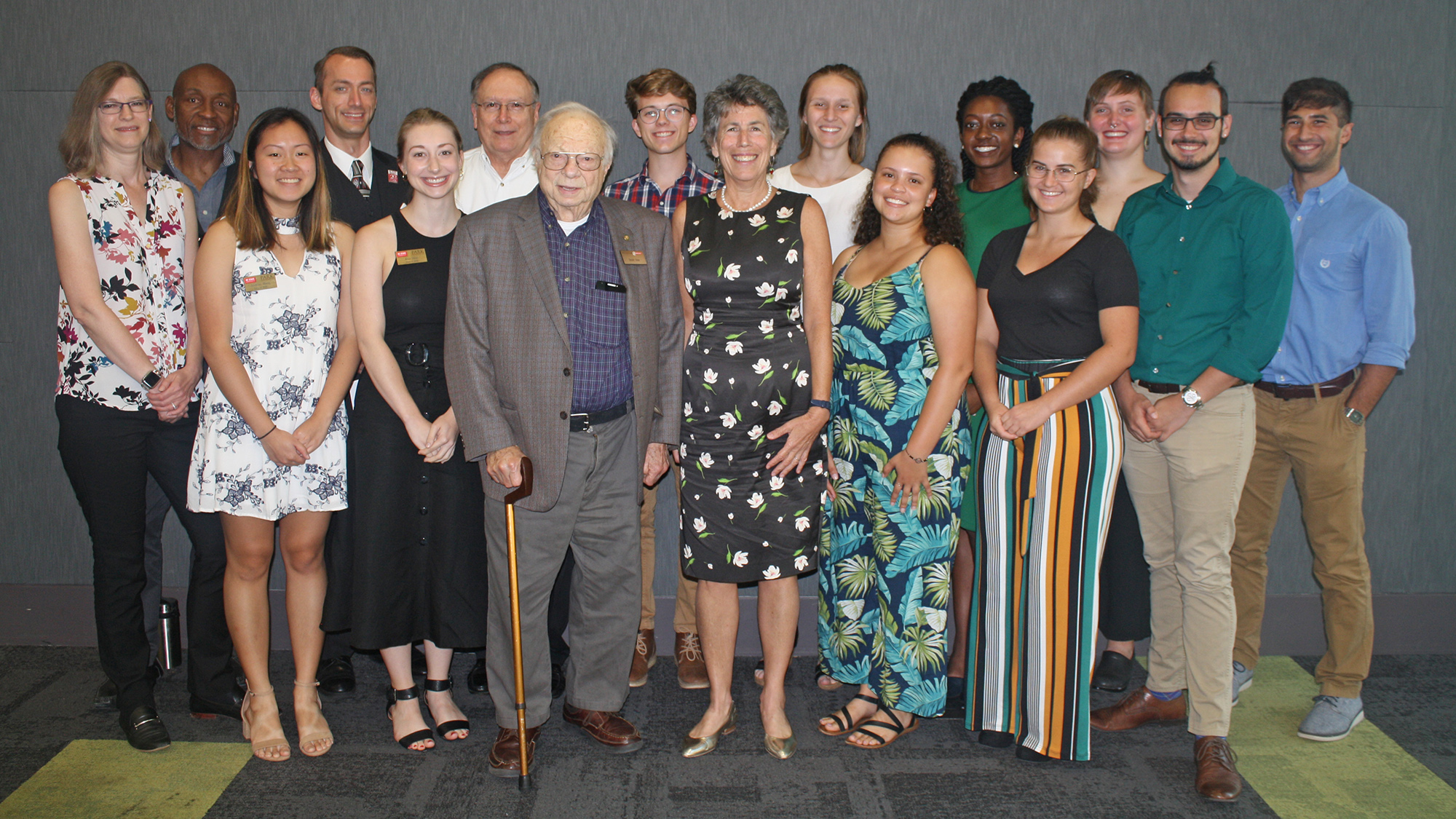
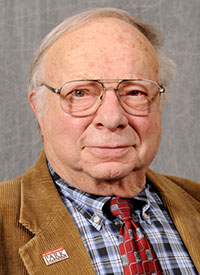
Microbiology has played an important role throughout the history of the College of Agriculture and Life Sciences. Dr. Gerald Elkan joined the then Department of Botany and Bacteriology in 1958. In 1964 the Department of Microbiology was formed from four core faculty (Drs. Dobrogosz, Elkan, Evans and Perry) of the Botany and Bacteriology department, with important, contributing associate members from departments throughout the college. For several years Gerry taught the graduate Microbial Diversity course and was instrumental in garnering an early NIH graduate student training grant. Into the 1990s, Gerry Elkan and his research students contributed to understanding nitrogen fixation by symbiotic rhizobia species, implementation of N-fixing strains in Cameroon, science literature and book exchange with Moldova, and mentoring in the Jefferson and Park Scholars Programs at NC State. Also during his tenure the department’s graduate-only program expanded to include an undergraduate bachelor’s degree program in microbiology. If you’re left with one image of Gerry on campus, it might well be of him in his classic Guayabera shirt!
See a tribute to Gerry Elkan from the Park Scholars program at:
- Categories:
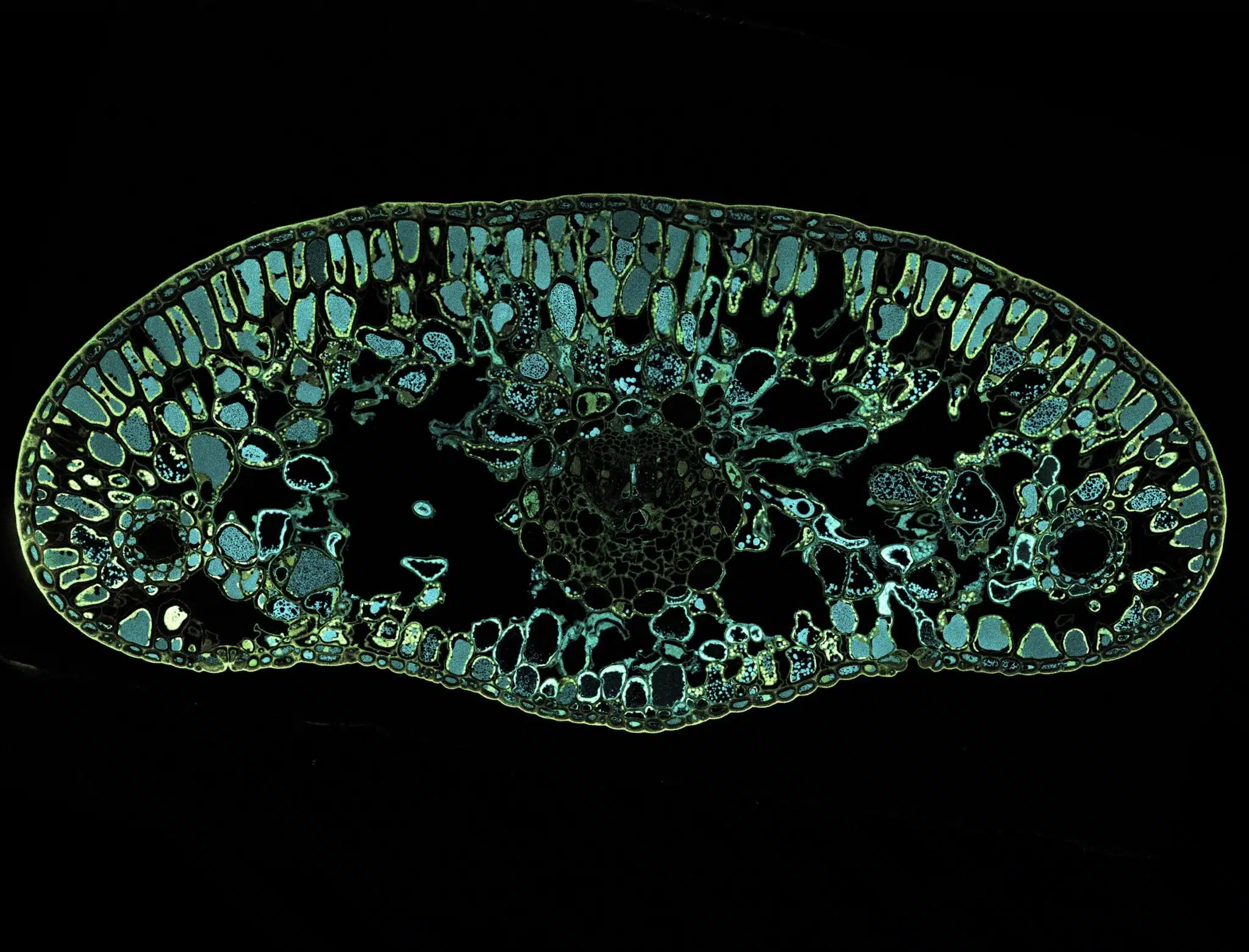
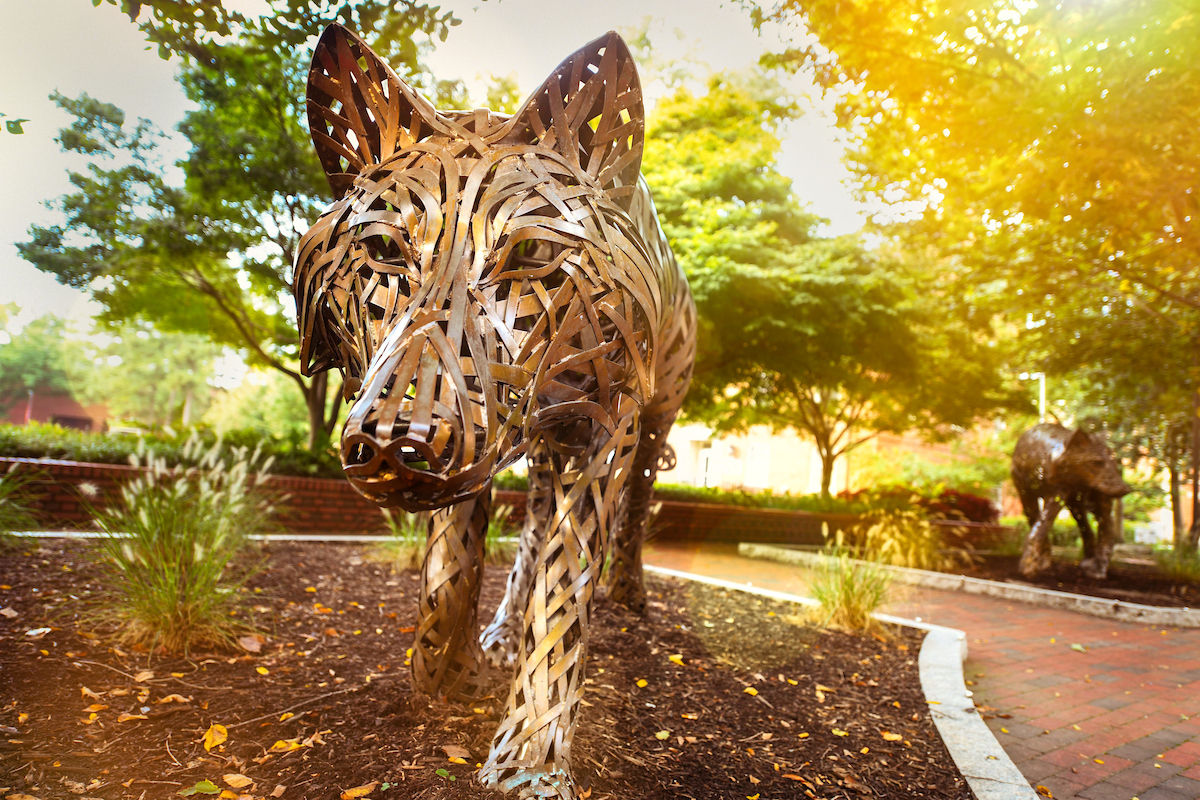
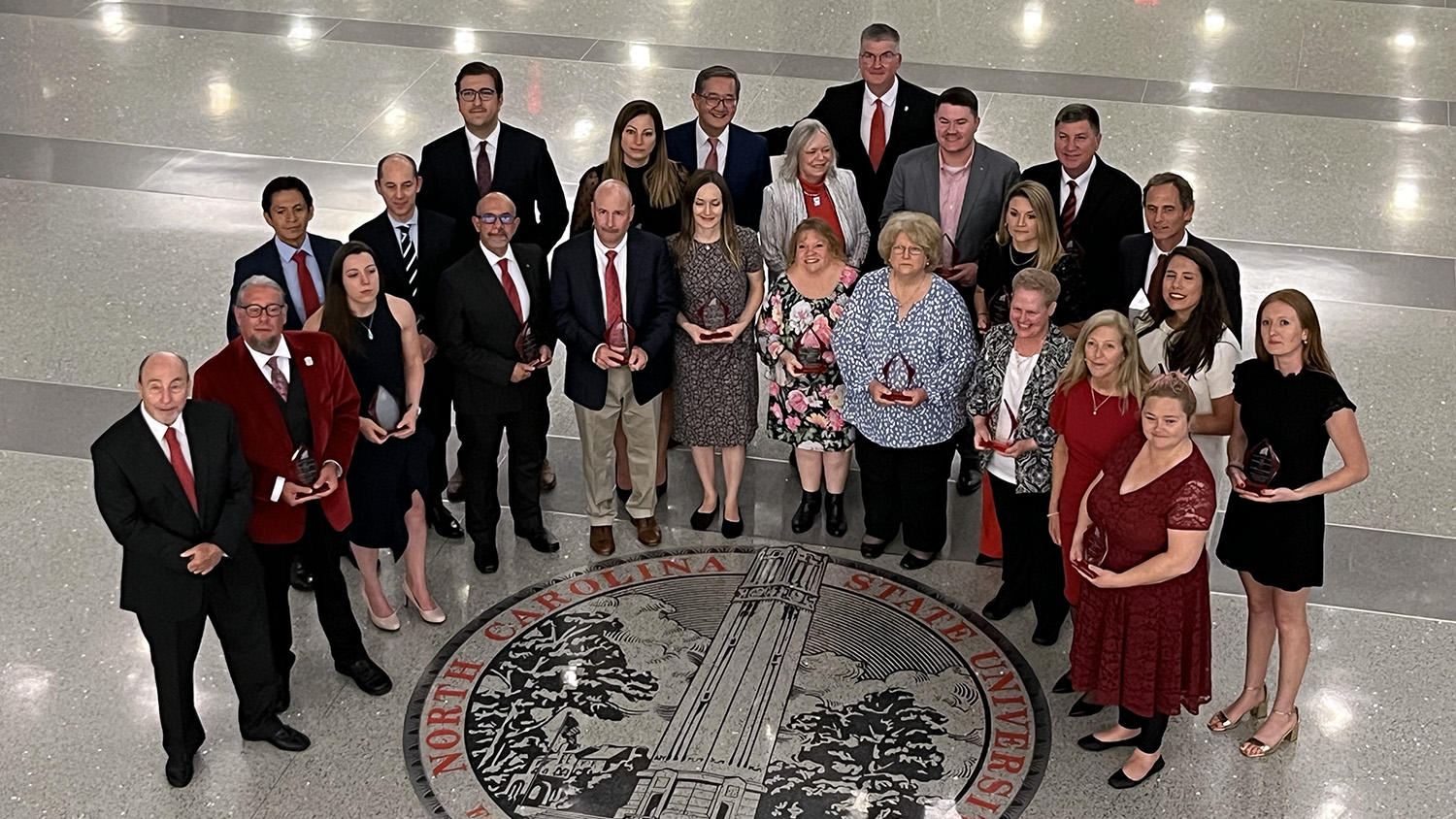
After securing my BS in Biology from State in 1967, I spent a year at Duke in their Physical Therapy program before deciding that wasn’t the direction that I wanted to go. I’d had Dr. Elkan for Microbiology in the spring of my junior year at State and I had enjoyed the course and Dr. Elkan, as a professor. When I realized that I wasn’t really interested in PT as a career, I’d talked to Dr. Elkan and he had suggested that he could get me an NIH Training Grant to pursue my MS in Microbiology. I came back to State and received my MS in Microbiology in 1970 and Dr. Elkan was on my committee. I then went to work for Burroughs Wellcome, a pharmaceutical company, in their Immunology lab as a research scientist under the department leadership of Dr. Gertrude Elion, doing original research and testing possible compounds for their immunosuppressive or immune stimulation properties. She and Dr. Hitchings, the VP for Research, had proven the use of Imuran, their immunosuppresive drug for the recipients of organ transplants and Imuran was the gold standard in our experiments. For the research of Dr. Elion and Dr. Hitchings and that of Sir James Black, they all received the Nobel Prize in Medicine in 1988.